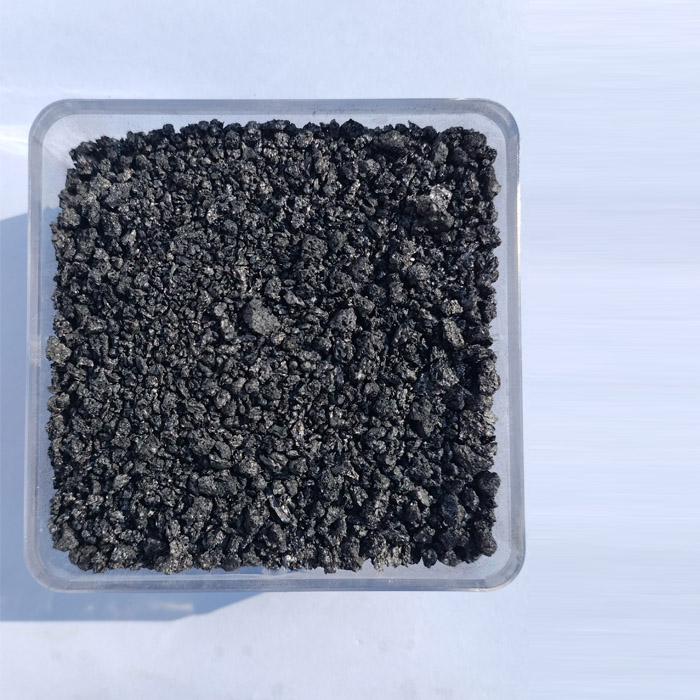Aug . 17, 2024 10:06 Back to list
Advancements and Innovations in Refractory Materials for High-Temperature Applications
Understanding Refractory Materials The Backbone of High-Temperature Applications
Refractory materials play an essential role in various high-temperature industrial processes. Defined as substances that can withstand extreme heat and are durable under thermal stress, refractory materials are typically utilized in environments exceeding 1,500 degrees Celsius (2,732 degrees Fahrenheit). Their unique properties make them indispensable in industries such as metal, glass, ceramics, cement, and petrochemicals. Understanding the composition, types, and applications of refractory materials is crucial for engineers and industry professionals involved in high-temperature operations.
Composition of Refractory Materials
Refractory materials are generally composed of a mixture of natural and synthetic minerals, including alumina, silica, magnesia, zirconia, and various other oxides. These materials are designed to remain chemically and physically stable at high temperatures, resisting thermal shock and corrosion from molten metals or chemical reactions. The choice of raw materials is critical, as different compositions can yield various properties such as thermal conductivity, mechanical strength, and resistance to wear.
One of the most common types of refractory materials is alumina refractories, which consist primarily of aluminum oxide. They are known for their excellent thermal stability and high strength, making them suitable for use in kiln linings and furnace components. Silica refractories, on the other hand, are rich in silicon dioxide and are often used in the production of glass and ceramics. Magnesia refractories, made from magnesium oxide, are known for their ability to withstand basic slags, making them ideal for use in steel-making processes.
Types of Refractory Materials
Refractory materials can be classified into several categories based on their chemical composition and intended applications. Some common types include
1. Acidic Refractories These materials are resistant to acidic environments and are primarily made from silica and alumina. They are commonly used in the glass and cement industries.
2. Basic Refractories Composed mainly of magnesia, these refractories are suitable for alkaline environments, making them ideal for the steel and iron industries.
refractory materials

3. Neutral Refractories Made from materials such as alumina and carbon, neutral refractories can withstand both acidic and basic slags, providing versatility across different applications.
4. Special Refractories These include advanced refractory ceramics and composites that are engineered for specific high-performance applications, such as aerospace and nuclear industries.
Applications of Refractory Materials
The applications of refractory materials are vast and varied. In the metal industry, they are crucial for lining furnaces, ladles, and kilns, where they provide insulation and protect the structural integrity of equipment. In the glass industry, refractory bricks are used to construct melting tanks, helping to maintain the high temperatures necessary for glass production.
Moreover, refractory materials are essential in the petrochemical sector, where they are used in reactors and catalytic converters. Their resistance to thermal shock and chemical attack is vital in these high-stress environments.
One of the emerging trends in refractory technology is the development of eco-friendly materials and processes. Researchers are exploring alternative binders, non-toxic ingredients, and recycling methods to reduce the environmental impact of refractory manufacturing and usage.
Conclusion
In conclusion, refractory materials are vital components in many high-temperature industrial processes. Their ability to withstand extreme conditions makes them indispensable across various sectors. Understanding their composition, types, and applications is essential for optimizing performance and improving operational efficiency in industries that rely on these heat-resistant materials. As the demand for more eco-friendly and efficient manufacturing processes grows, the development of advanced refractory materials will continue to evolve, ensuring their relevance in the future.
-
Eco-Friendly Granule Covering Agent | Dust & Caking Control
NewsAug.06,2025
-
Fe-C Composite Pellets for BOF: High-Efficiency & Cost-Saving
NewsAug.05,2025
-
Premium Tundish Covering Agents Exporters | High Purity
NewsAug.04,2025
-
Fe-C Composite Pellets for BOF | Efficient & Economical
NewsAug.03,2025
-
Top Tundish Covering Agent Exporters | Premium Quality Solutions
NewsAug.02,2025
-
First Bauxite Exporters | AI-Optimized Supply
NewsAug.01,2025
